U.S. Treasury and IRS Announce Intent to Align Transfer Pricing Rules with OECD Amount B Approach
- Posted by admin
- On February 4, 2025
- 0 Comments
The U.S. Treasury Department and the IRS have announced their intent to issue proposed regulations consistent with the OECD’s Amount B guidelines for intercompany marketing and distribution transactions. Notice 2025-04, issued on December 18, 2024, allows U.S. taxpayers to apply the OECD’s Simplified and Streamlined Approach (SSA) as a safe harbor under IRC Section 482, beginning January 1, 2025. However, a regulatory freeze issued by the Trump administration on January 20, 2025, casts uncertainty over whether these regulations will proceed.
Notable Provisions
- Eligibility & Scope:
-
- SSA applies to buy-sell and sales agency/commissionaire transactions where a distributor or agent facilitates wholesale distribution.
- Companies meeting qualifying criteria can elect annually to apply for the SSA.
- Fixed Return on Sales:
-
- The SSA establishes a pricing matrix that sets target operating margins between 1.5% and 5.5%, depending on industry and financial metrics.
- Global Adoption:
-
- The U.S. joins countries like Argentina, Brazil, Costa Rica, Mexico, and South Africa in aligning with Amount B.
- Uncertainty Due to Executive Orders:
-
- A regulatory freeze on pending rules may delay or halt the implementation of Amount B in the U.S.
- Another executive order states that the OECD Global Tax Deal has no force in the U.S., adding further uncertainty.
Why This Matters
The SSA offers a simplified, mechanical pricing model that could ease compliance for multinational companies, reduce disputes, and increase tax certainty. However, companies must assess the impact on their transfer pricing policies and whether counterparty jurisdictions have also adopted Amount B. If not, traditional methods like the Comparable Profits Method (CPM) may still be required. The recent executive orders highlight the political risk in U.S. tax policy, reinforcing the need for companies to monitor developments closely.
Next Steps
- Assess Eligibility: Companies with qualifying intercompany transactions should evaluate whether applying the SSA is beneficial.
- Analyze Counterparty Jurisdictions: Additional transfer pricing documentation may be required if a counterparty jurisdiction has not adopted Amount B.
- Monitor Regulatory Developments: The executive order freeze and broader U.S. tax policy stance on the OECD framework may affect the implementation of the SSA safe harbor.
- Prepare Documentation: Regardless of the SSA’s adoption status, robust documentation is essential to maintain compliance and mitigate penalties under IRC Sec. 6662.
Given the evolving regulatory landscape, companies should consult with transfer pricing specialists to navigate these developments effectively.











0 Comments